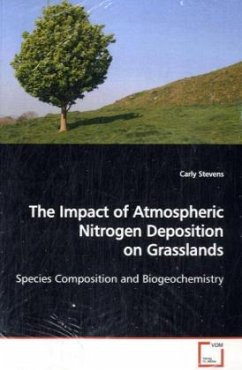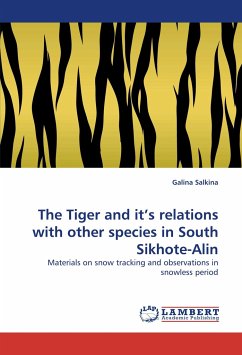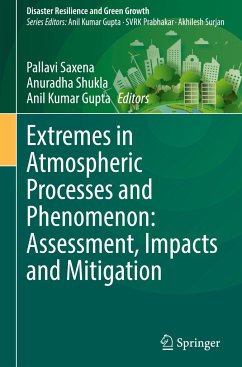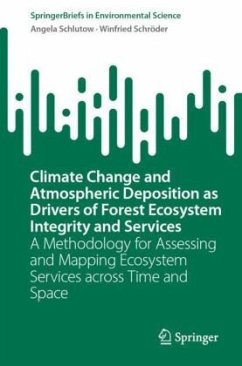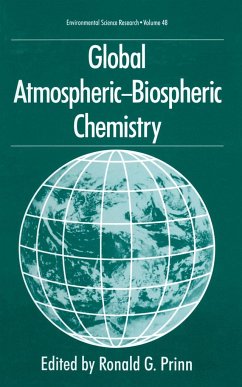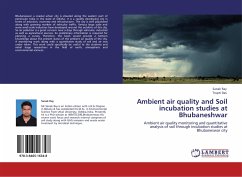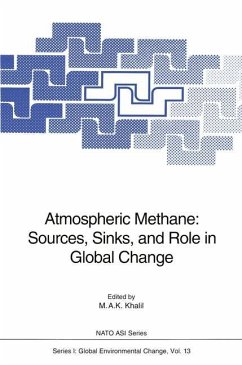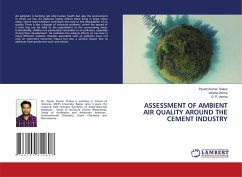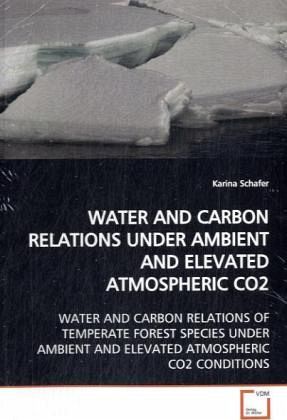
WATER AND CARBON RELATIONS UNDER AMBIENT AND ELEVATED ATMOSPHERIC CO2
WATER AND CARBON RELATIONS OF TEMPERATE FOREST SPECIES UNDER AMBIENT AND ELEVATED ATMOSPHERIC CO2 CONDITIONS
Versandkostenfrei!
Versandfertig in 6-10 Tagen
39,99 €
inkl. MwSt.

PAYBACK Punkte
20 °P sammeln!
Increasing atmospheric CO2 concentration decreases stomatal conductance (GS) in many species with potentially direct affects on both water and carbon (C) cycles and secondary effects on ecosystem processes such as competition. Some of these direct effects were investigated in this study at the Duke Forest free-air carbon transfer and storage enrichment experiment (FACE), focusing on sap-flux scaled mean canopy GS, water use, forest canopy C uptake and hydraulic properties of two canopy species, Pinus taeda L. (loblolly pine) and Liquidambar styraciflua L. (sweetgum), and two sub-canopy species...
Increasing atmospheric CO2 concentration decreases
stomatal conductance (GS) in many species with
potentially direct affects on both water and carbon
(C) cycles and secondary effects on ecosystem
processes such as competition. Some of these direct
effects were investigated in this study at the Duke
Forest free-air carbon transfer and storage
enrichment experiment (FACE), focusing on sap-flux
scaled mean canopy GS, water use, forest canopy C
uptake and hydraulic properties of two canopy
species, Pinus taeda L. (loblolly pine) and
Liquidambar styraciflua L. (sweetgum), and two sub-
canopy species, Cornus florida L. (flowering dogwood)
and Ulmus alata Michx. (winged elm), subjected to
ambient CO2 and elevated atmospheric CO2
concentrations over three and a half years after
onset of fumigation in 1996 (1997-2000).
stomatal conductance (GS) in many species with
potentially direct affects on both water and carbon
(C) cycles and secondary effects on ecosystem
processes such as competition. Some of these direct
effects were investigated in this study at the Duke
Forest free-air carbon transfer and storage
enrichment experiment (FACE), focusing on sap-flux
scaled mean canopy GS, water use, forest canopy C
uptake and hydraulic properties of two canopy
species, Pinus taeda L. (loblolly pine) and
Liquidambar styraciflua L. (sweetgum), and two sub-
canopy species, Cornus florida L. (flowering dogwood)
and Ulmus alata Michx. (winged elm), subjected to
ambient CO2 and elevated atmospheric CO2
concentrations over three and a half years after
onset of fumigation in 1996 (1997-2000).



